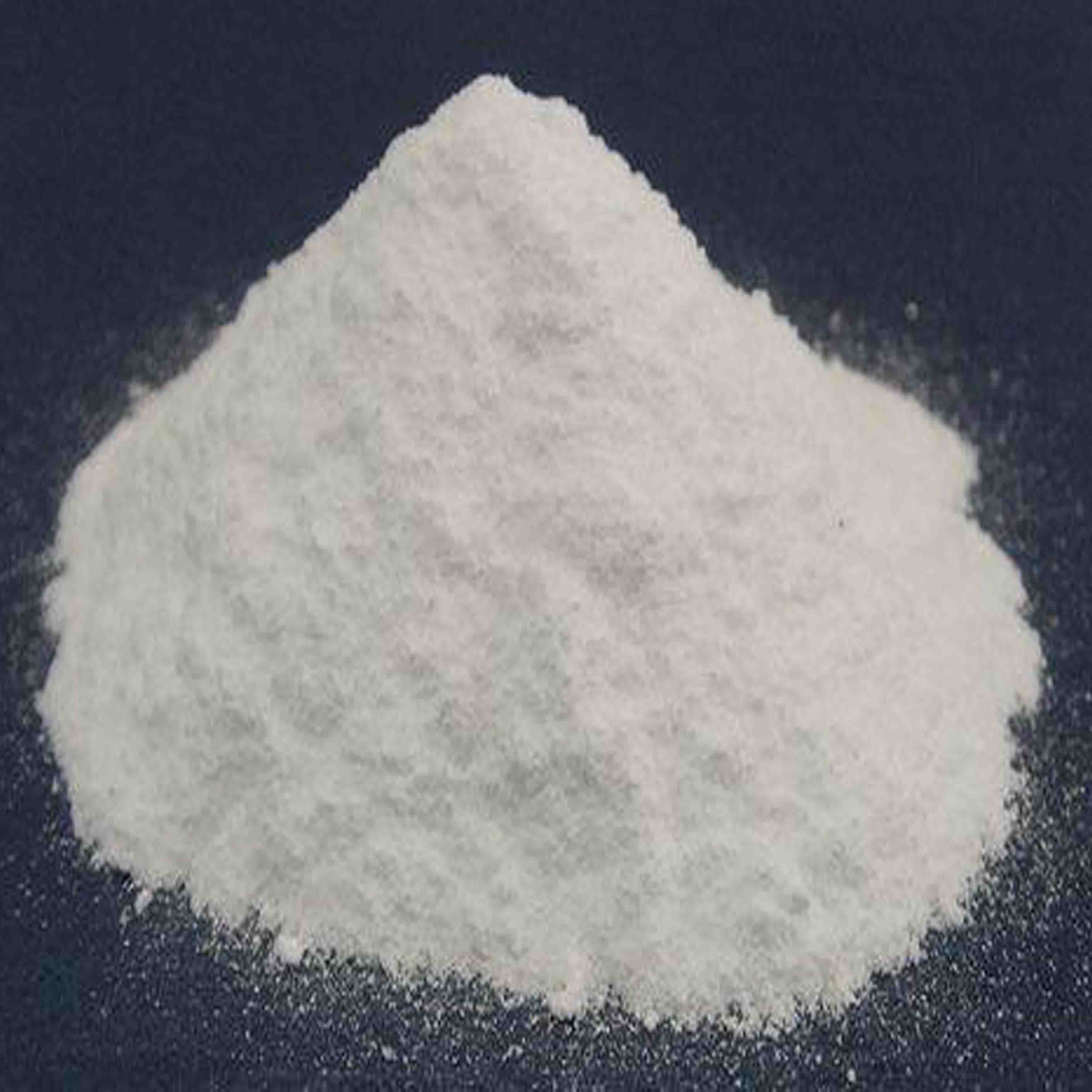
8 月 . 04, 2024 02:51 Back to list
Manufacturing High-Quality Titanium Dioxide Pigments for Various Industrial Applications and Uses
The Role of Titanium Dioxide in the Pigment Industry
Titanium dioxide (TiO2) is one of the most widely used white pigments in various industries, including paints, coatings, plastics, and paper. Its exceptional properties, such as high refractive index, excellent whiteness, and UV resistance, make it an essential ingredient in formulations aiming for opacity, brightness, and durability. The production of titanium dioxide has become a significant sector within the global pigment industry, with dedicated factories focusing on its manufacture and supply.
Manufacturing Processes
Titanium dioxide is primarily produced through two processes the sulfate process and the chloride process. The sulfate process involves the reaction of titanium ores, such as ilmenite or rutile, with sulfuric acid. This method is traditionally favored for its lower capital investment but requires significant energy input and generates substantial waste. On the other hand, the chloride process is regarded as more efficient, where titanium tetrachloride is formed from titanium ores and then oxidized to produce titanium dioxide. This method yields a purer product with better performance characteristics but comes with higher operational costs.
Quality Control and Standards
The quality of titanium dioxide produced in factories is crucial for meeting the specific needs of various applications. Quality control measures are paramount, ensuring that the pigment meets industry standards for particle size, purity, and surface treatment. For instance, manufacturers often employ advanced technologies such as electron microscopy and laser diffraction to analyze particle size distribution, which can significantly affect the pigment’s performance in applications.
Surface treatments are also applied to enhance the pigment's properties. Coatings of silica, alumina, or various organic compounds can improve dispersion in formulations, reduce settling, and enhance opacity. Factories must carefully tailor these treatments to suit the intended application, whether it be for high-performance coatings, plastics, or other applications.
pigment titanium dioxide factory

Environmental Considerations
As with any industrial process, the manufacturing of titanium dioxide raises environmental concerns. The sulfate process, in particular, produces waste products, including iron sulfate, which must be managed efficiently to minimize environmental impact. Factories are increasingly adopting more sustainable practices, including recycling water, reducing emissions, and exploring alternative raw materials. Additionally, the shift towards the chloride process is partly driven by environmental regulations that favor technologies with lower waste production and better overall sustainability profiles.
Market Demand and Applications
The demand for titanium dioxide is influenced by several factors, including economic growth and advancements in technology. Industries such as construction, automotive, and packaging are significant consumers of titanium dioxide, using it to produce high-quality, durable products. Additionally, the expansion of electric vehicles and renewable energy technologies is creating new opportunities for titanium dioxide, particularly in the production of coatings and battery materials.
Conclusion
In summary, titanium dioxide continues to play a pivotal role in the pigment industry, with production concentrated in specialized factories that leverage advanced manufacturing processes. As the demand for high-quality pigments grows, so too does the necessity for stringent quality control, innovative surface treatments, and environmentally responsible practices. The future of titanium dioxide in various applications looks promising, driven by ongoing developments in technology and sustainability efforts within the industry. This pigment, characterized by its brilliance and versatility, will undoubtedly remain a cornerstone of color and protection in countless products globally.
-
Lithopone for Plastic & TiO2 R-5568/SK-6658 Masterbatch Solutions
NewsMay.30,2025
-
China Leading Rutile TiO2 Manufacturer - R5566 & R996 Grades Available
NewsMay.30,2025
-
High-Purity Anatase & Rutile TiO2 Powder Trusted Manufacturer
NewsMay.30,2025
-
High-Purity Anatase Products Trusted Supplier & Manufacturer
NewsMay.29,2025
-
Best Price Eco-Friendly Rutile TiO2 Supplier & Wholesale Factory
NewsMay.29,2025
-
Chinese Anatase Titanium Dioxide for Ceramic Glaze Reliable Supplier
NewsMay.29,2025
